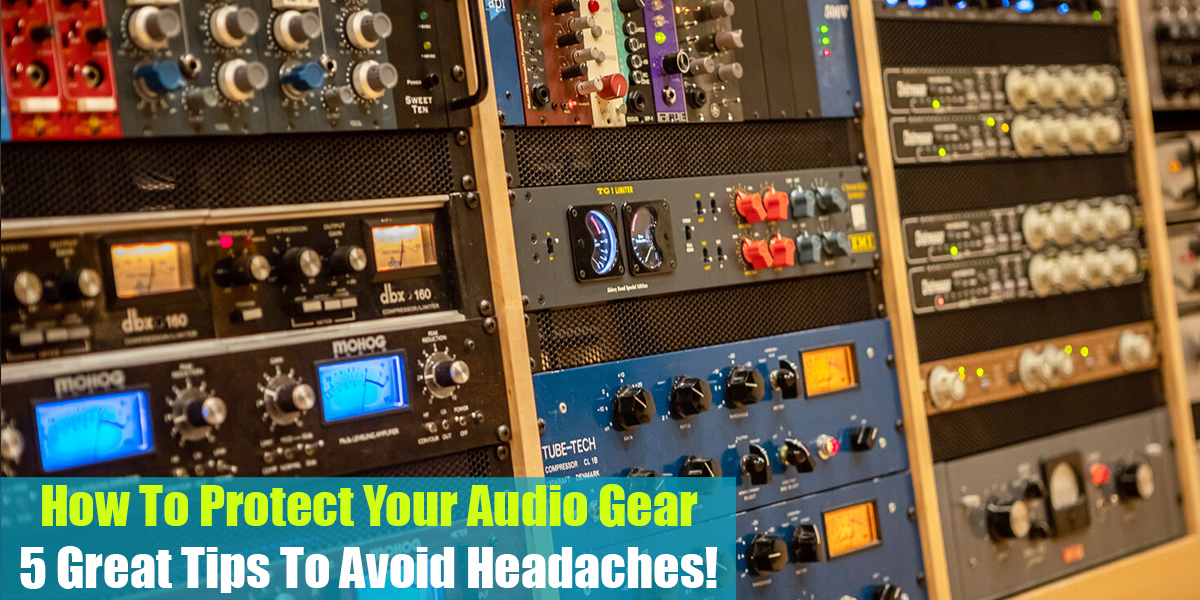What Are Audio Standing Waves
Introduction
Sound waves will always interact with the boundaries of a room—whether they reflect off the walls, get absorbed, or pass through. When reflected waves overlap, they can create what are known as standing waves, or room modes.
When mid and high-frequency waves bounce around a room, they can add a pleasant sense of ambiance and liveliness. However, if not controlled, they can also cause unwanted effects like flutter echoes. Low-frequency waves behave differently when they reflect off surfaces, leading to other acoustic issues.
In this article, we’ll share everything we know about standing waves, also known as room modes. We’ll give you all the details you need to understand them, so you’ll know what’s happening if you ever encounter these effects in your own space.
What are Standing Waves?
A standing wave forms when two identical waves travel in opposite directions along a line, creating a wave pattern that appears stationary. This happens because the two waves move in opposite directions, causing the overall waveform to remain in place rather than moving through space or along a string.
Just like the original waves, the standing wave vibrates at the same frequency. For example, if you stretch a rubber band between two fixed points and pluck its center, the band will vibrate back and forth to create a standing wave that is easy to see.
Standing waves can also be produced in musical instruments. When an oscillating part—like a woodwind reed—vibrates at one end, the waves it creates reflect off the instrument’s ends. The standing waves that result come from the combination of the original wave and its reflections, not from two separate waves.
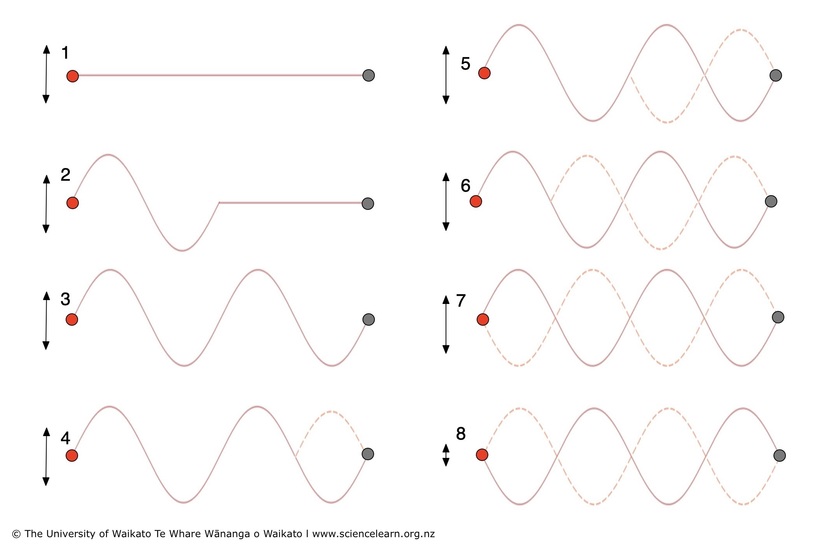
Noticing Standing Waves
The sound quality of a room is heavily affected by its standing wave modes. You can easily set up an experiment to hear these effects. As you walk through a room with a bass loudspeaker creating standing waves, you’ll notice that some spots are much quieter (nodes) while others are much louder (anti-nodes).
In professional studios, special sound-absorbing materials are often used to minimize the impact of room modes. In the same way, reducing standing waves inside car cabins is essential when designing car audio systems.
Reducing the Standing Waves
Even the best rooms have to deal with standing waves—you simply can’t avoid them. However, there are ways to minimize this issue. One effective approach is to spread the frequencies out across the spectrum so they aren’t too close together. If too many frequencies are clustered at the same amplitude in one spot, they can build up and cause problems.
At the same time, you don’t want the frequencies to be too far apart. Otherwise, you might end up with an audible “hole” in the frequency response. Since room modes don’t all sound the same in every spot, this guideline still applies, even when you notice gaps in the frequency response.
If you’re mixing in a larger space, consider using diffusers. Sound-wave diffusers help break up standing waves by reflecting sound at different angles. They’re easy to mount on walls and ceilings, and they can also eliminate “flutter echo.”
When a room has two parallel surfaces—like opposite walls or the floor and ceiling—repetitive reflections can occur in the same direction. This effect, known as “flutter echo,” can change the perceived pitch or timbre during mixing and make it harder to hear details clearly. Diffusers can help by scattering sound in different directions, which breaks up these echoes.
Book lovers have an advantage when it comes to acoustic treatment. Bookcases filled with books combine many absorbent materials and objects of different shapes, naturally reducing standing waves and flutter echoes. If you place your library along one or both of the parallel walls in your room, you might not even need additional acoustic treatments.
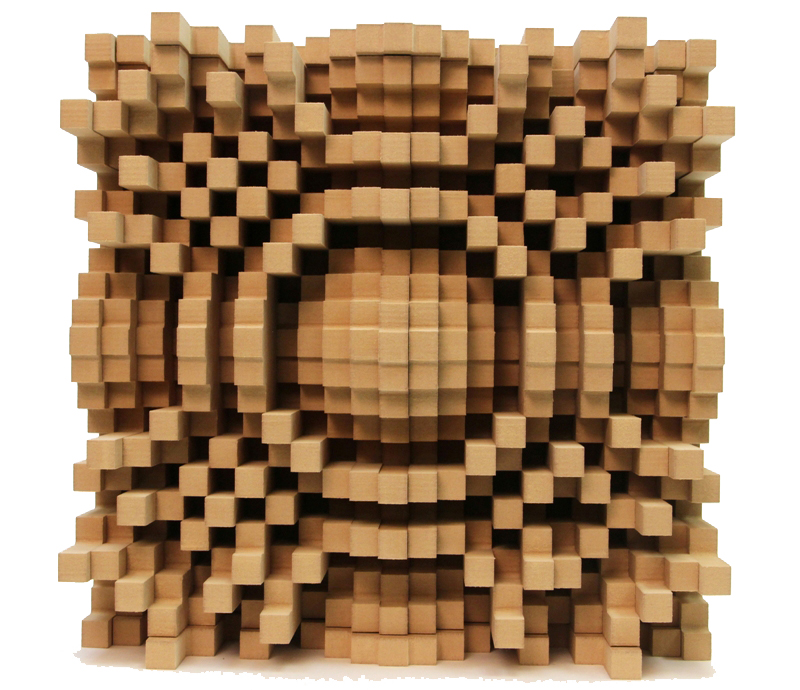
To reduce unwanted reflections in your space, you should use sound-absorbing materials. Dense and porous materials are generally the most effective at absorbing sound. Examples of these include heavy cloth, acoustic foam, pillows, and fiberglass insulation. By using these types of materials, you’ll significantly cut down on energy bouncing around your room, especially at mid and high frequencies.
A quick and easy way to check if your room needs sound absorption is to clap loudly while sitting at your mixing position. If you hear your clap reverberating, that’s a sign you should add some acoustic absorption.
Take a look around your room for any surfaces that might be reflecting sound back at you. As a general rule, the walls near you—including the ones behind your studio monitors and the ceiling above you—are the most likely culprits.
You can find many different thicknesses of acoustic foam at most music equipment stores, and it’s usually pretty affordable. Typically, 2-inch foam works well to absorb frequencies above 500 Hz, while 4-inch foam can help absorb down to 250 Hz. You can attach the foam to your walls using spray adhesive or tack nails, and this works regardless of the foam’s length or thickness.
If you’re worried about damaging your walls, you can attach the foam to a shadow box frame from an arts and crafts store. Once the foam is attached to the frame, you can simply hang it on the wall like a picture.
The regular, inexpensive foam we’ve mentioned above is effective at stopping reflected sound waves and can really help with basic acoustic issues. However, we strongly recommend using proper acoustic treatment with panels specifically designed for your room. We can’t stress enough how important acoustic treatment is—it’s safe to say that half the quality of a great mix comes down to proper treatment.
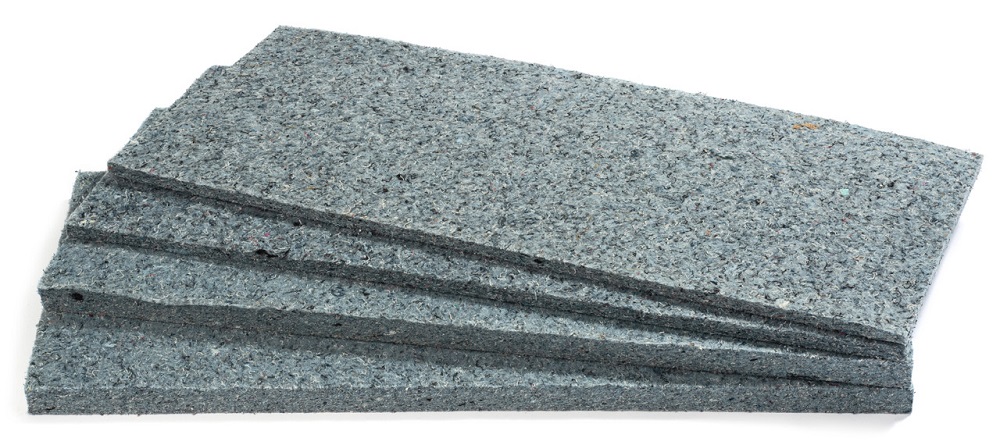
There are several types of acoustic absorption materials available, but bass traps are mainly used to control low-frequency resonance. Usually, it’s enough to place bass traps in the corners and other boundaries of your room, such as where the wall meets the floor or ceiling. If you’re handy and want to avoid damaging your walls, you can even make a mobile bass trap by wrapping multiple layers of carpet around a large frame or bookcase and adding castors to the bottom.
With this setup, you can create a mix environment that sounds full, without making any permanent changes to your room. If you’re interested in more creative ideas for building custom acoustic treatments, our website is a great resource. Below, we’ve listed several articles that show you how to create these acoustic treatment units and improve your listening experience in the mixing room.
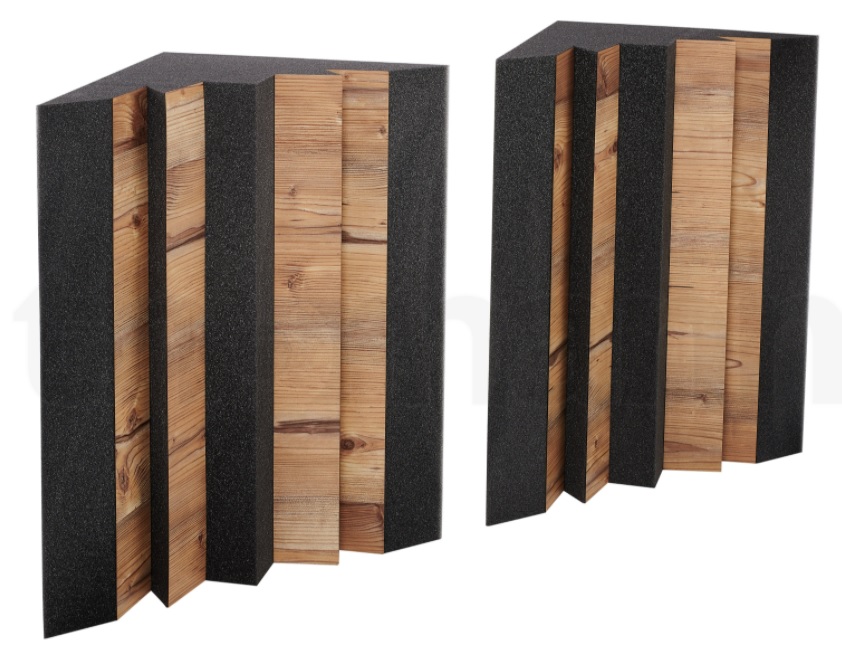
Creating the Perfect Mixing Room
Building a room with what’s known as “golden mean” dimensions can help minimize the effects of standing waves. To achieve this, you would need to construct the room from scratch, carefully planning the height, width, and depth of all the walls.
With these specific combinations of width, depth, and height, there is no overlap of standing waves (at least along the main axes) between the three dimensions. This spacing ensures that the nodes and antinodes of standing waves are spread out in the room, so they don’t interact and cause problems. As a result, the low-end response is more balanced and acceptable throughout the room.
Ideally, no two dimensions should be simple multiples of each other. For example, a room that is 24′ long, 16′ wide, and 8′ high isn’t ideal, because both 24 and 16 are multiples of 8. In this case, harmonics from one set of standing waves would line up with harmonics from the others, causing two or three times more unevenness in the low frequencies. The worst possible shape would be a cube, so it’s best to avoid rooms with equal dimensions.
Conclusion
Standing waves are created when two waves with similar frequencies and amplitudes interfere with each other. Unlike traveling waves, standing waves don’t move along the medium. Instead, they form patterns of constructive and destructive interference that keep certain points on the wave stationary.
Standing waves are very important in music, as they produce harmonics and give different instruments their unique sounds. Understanding standing waves is also crucial in fields like acoustics, engineering, and physics because they play a big part in how waves travel through different systems.
If you have any questions or thoughts about this topic, feel free to share them in the comment section!

